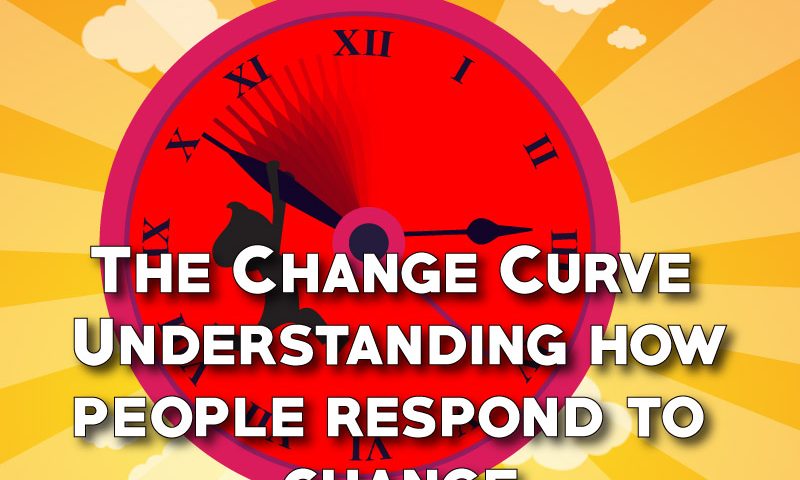Understanding how people respond to change is a very useful tool every person should have.
The human reaction to change is now well understood. The change process is commonly understood by reference to the research on people’s reaction to bereavement. Elisabeth Kübler-Ross has been a great contributor to our understanding of the experience of loss and bereavement, as well as how we react to changes more generally.
The stages of loss that people typically go through are now commonly known as the Change Curve.
Understanding how people respond to change
Organizations often refer to the Change Curve in the context of job loss and redundancy. Dr Kübler-Ross undertook her research on dying by interviewing terminally ill patients.
You may think, “Well this may not be the ideal setting for understanding how people respond to change. However quite opposite is true.
The study has been replicated across organizations and individual and has been found to be very effective.
Understanding how people respond to change and the key stages that people go through, is shown in the graph below:
1. Shock
Humans are by nature are reluctant to change. This has much to do with how we have survived since stone age. During those times, change meant new environment, new dangers. The DNA has thus been carrying this information and our propensity to change has been adversely affected. It has more to do with thousands of years of evolution.
Naturally the first reaction can often be shock – and all the emotion that is associated with it.
2. Denial
This is the second stage when we often try to attribute the change to any misinformation or perhaps it is not happening as I think. This is a typical reaction and it is important and necessary. It helps cushion the impact of the inevitability of change.
3. Frustration and anger
The person resents the change that they must face while others are less affected. When the realisation, that change is now a reality we often tend to resent and show resistance to change. That is why change is not so easy and this is the most important stage. Any results or outcome that you will get out of this change is very much dependent on this stage.
4. Depression
First, the person feels deep disappointment, perhaps a sense of personal failing, things not done, wrongs committed and sometime victimized. Around this time they may also engage in bargaining : beginning to accept the change but striking bargains –for more time at least.
5. Experiment and decision
Initial engagement with the new situation and learning how to work in the new situation, as well as making choices and decisions, and regaining control.
6. Acceptance and integration
This stage as neither happy nor unhappy. While it is devoid of feelings, it is not resignation – it is really a victory.
Conclusion
With most types of change, people often go through a first stage before denial – that of shock or disbelief. We have witnessed people in shock following news of their redundancy. It can take a long time for people to reach the acceptance stage and often people oscillate between the different stages.
It is also a useful for individuals to manage change better and understand the human behavior at the time of a change. It sure will help individual to better cope up with change and understand why they are reluctant to change.


